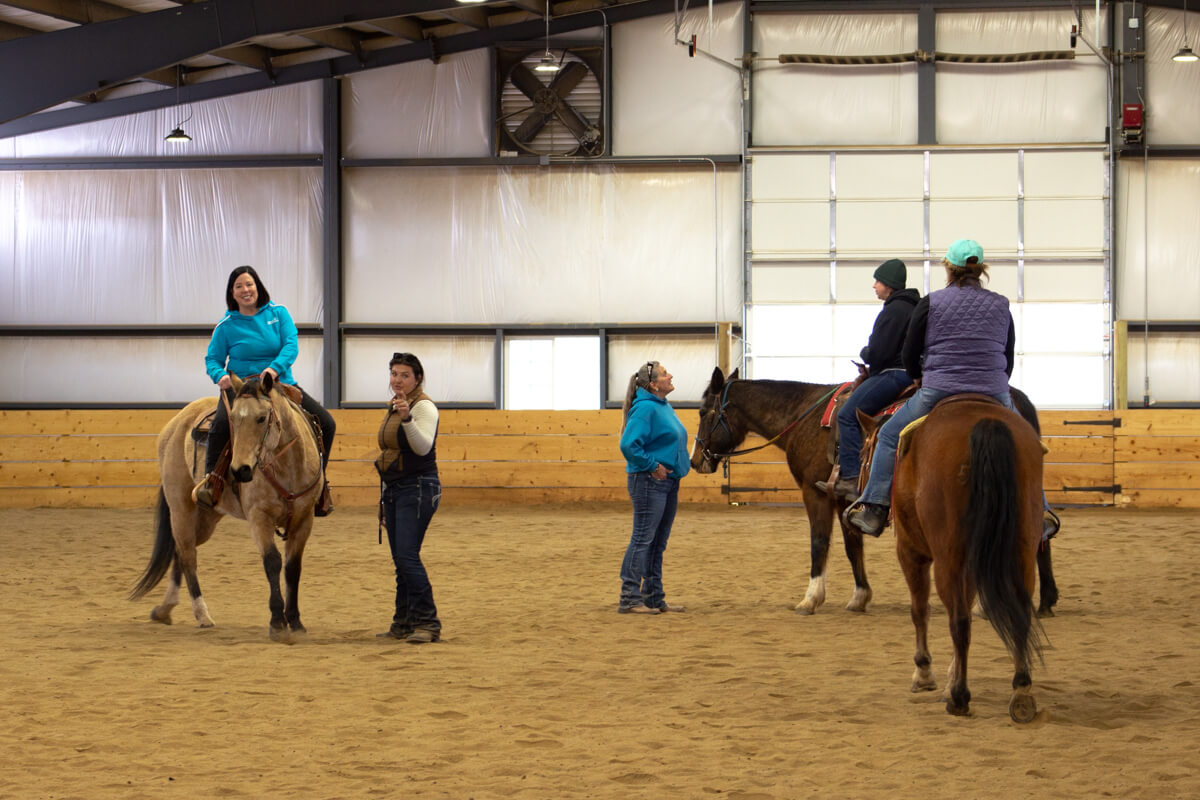Are you looking for a hobby that can not only be fun and thrilling, but also help you grow as an individual? Look no further than horseback riding! In this article, we will explore the fascinating connection between horseback riding and personal growth. Whether you are a beginner or an experienced rider, horseback riding can offer a multitude of benefits that extend far beyond the stables. From building confidence and enhancing communication skills to fostering empathy and improving mental health, riding horses can be a transformative experience. So saddle up and join us as we delve into the world of horseback riding and discover how it can positively impact your personal growth.
The Connection Between Horseback Riding and Personal Growth
Have you ever considered that horseback riding could potentially lead to personal growth and development? It might surprise you to learn that this popular activity can do more than just provide a fun and thrilling experience. In fact, horseback riding has numerous mental, physical, and emotional benefits that can positively impact your overall well-being.
1. Introduction to Horseback Riding
1.1 History and Origins of Horseback Riding
Horseback riding, also known as equestrianism, has a long and fascinating history dating back thousands of years. Humans have been riding horses for transportation, warfare, and leisure since ancient times, with evidence of horse domestication found in various civilizations around the world. Over the years, horseback riding has evolved into a recreational activity enjoyed by people of all ages and backgrounds.
1.2 Types of Horseback Riding
There are various types of horseback riding, each with its own unique style and purpose. Some popular disciplines include dressage, show jumping, eventing, trail riding, western riding, and endurance riding. Whether you prefer the elegance and precision of dressage or the adrenaline rush of jumping obstacles, there is a style of horseback riding to suit everyone’s preferences and goals.
2. Horseback Riding as a Form of Exercise
Beyond the enjoyment and fulfillment that horseback riding brings, it is also an excellent form of exercise. Engaging in this activity requires physical strength, balance, and coordination, making it a full-body workout. Riding horses can help develop and tone muscles, improve cardiovascular health, and increase flexibility and stamina.
2.1 Physical Demands and Benefits of Horseback Riding
Horseback riding involves active movements such as riding, posting, trotting, cantering, and galloping, all of which engage various muscle groups. The continuous balancing and rhythmic motion of riding also contribute to core strength and stability. Additionally, riding promotes better posture and body alignment, reducing the risk of back pain and muscular imbalances.
2.2 Muscle Groups Engaged During Horseback Riding
Riding a horse requires the use of several muscle groups, including the legs, core, back, and arms. The leg muscles, such as the quadriceps, hamstrings, and calf muscles, are constantly engaged to maintain a balanced position and apply pressure on the horse’s sides for cues. The core muscles, including the abdominals and obliques, help stabilize the body and maintain an upright posture. Back muscles, especially the erector spinae and latissimus dorsi, are involved in maintaining good posture and balance. Lastly, the arms are utilized for steering and controlling the horse’s movements.
2.3 Improved Posture and Core Strength
One of the significant benefits of horseback riding is the development of posture and core strength. As riders work to maintain a proper riding position, their core muscles are constantly activated to support the spine and maintain stability. Over time, this leads to better posture, improved balance, and increased strength in the entire core region.
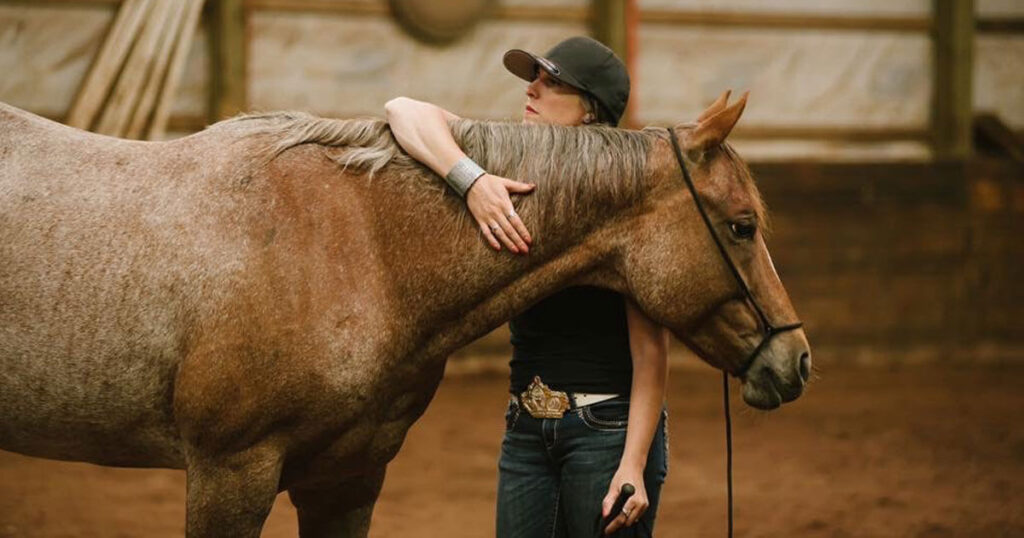
3. The Mental Benefits of Horseback Riding
While the physical benefits of horseback riding are evident, the mental benefits are equally significant. Riding horses can promote mental well-being by increasing focus and concentration, boosting cognitive function, and improving emotional regulation.
3.1 Increased Focus and Concentration
When riding a horse, it is crucial to remain focused and attentive to the horse’s movements, cues, and surroundings. This level of concentration helps riders develop and improve their focus and attention span. As you become more adept at riding, you will find that your ability to concentrate in other aspects of life also improves.
3.2 Boosted Cognitive Function
Horseback riding requires riders to make split-second decisions, problem-solve, and think critically. Constantly assessing the horse’s behavior and adjusting your own actions enhances cognitive skills such as memory, problem-solving, and decision-making. The need to anticipate the horse’s reactions further sharpens cognitive function.
3.3 Psychological Well-being and Emotional Regulation
Interacting with horses has been found to have a positive impact on psychological well-being. Riding and spending time with horses can reduce stress, anxiety, and depression. The serene and peaceful environment of the stables, the bond formed between rider and horse, and the sense of achievement through progress can boost self-esteem and promote a sense of emotional stability.
4. Developing Confidence and Self-Esteem Through Horseback Riding
One of the most transformative aspects of horseback riding is its ability to instill confidence and boost self-esteem. Riding horses requires overcoming fear, setting and achieving personal goals, and receiving recognition and positive affirmation.
4.1 Overcoming Fear and Building Trust
Many individuals initially have reservations or fears about riding horses due to their size or unpredictability. However, facing these fears and successfully riding can be an incredible confidence boost. The process of building trust with a horse and gaining control over such a majestic creature can help individuals conquer their anxieties and develop a strong sense of self-assurance.
4.2 Achieving Personal Goals and Accomplishments
Setting and reaching personal goals is an integral part of horseback riding. Whether it’s attempting a new riding technique or mastering a challenging jump, each accomplishment contributes to personal growth and confidence. Each milestone achieved serves as a reminder of one’s abilities and potential for growth.
4.3 Recognition and Positive Affirmation
The equestrian community is known for its supportive nature, emphasizing encouragement and positive feedback. Riders often receive recognition and praise for their progress, no matter how big or small. This continual affirmation helps reinforce a rider’s self-esteem and provides motivation to continue improving.
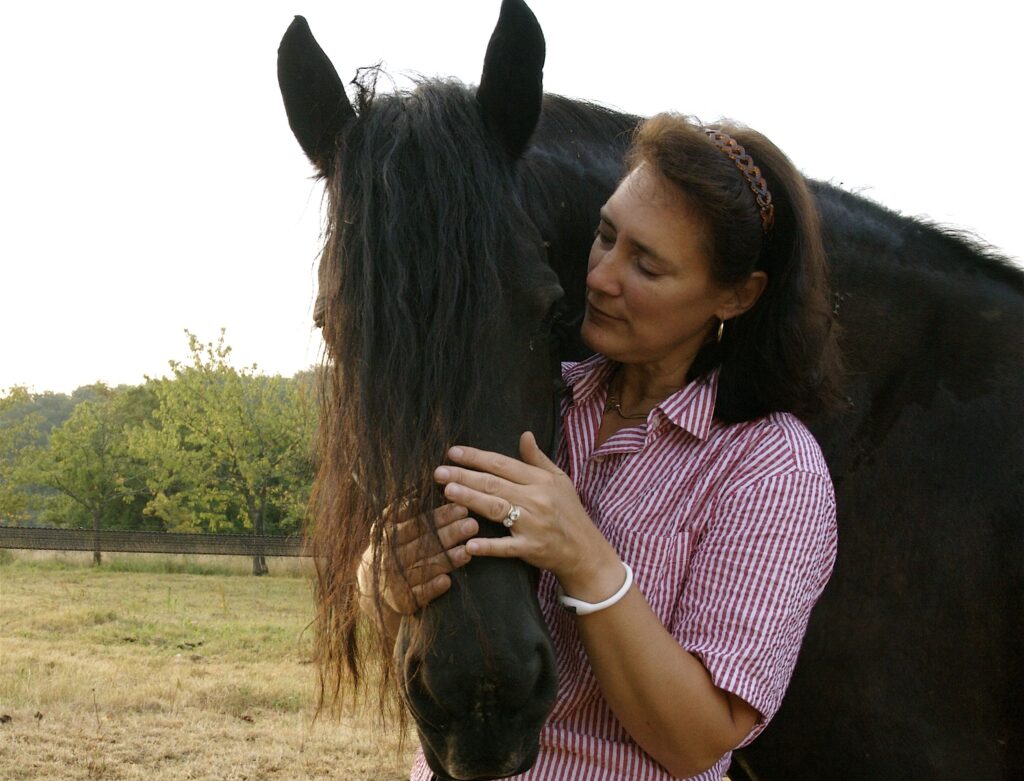
5. Building Trust and Communication Skills
Building a strong bond and effective communication with a horse can translate to improved trust and communication skills in various aspects of life.
5.1 Forming a Bond with the Horse
Horses are incredibly intuitive and sensitive animals, capable of forming deep bonds with humans. Developing a relationship based on trust, respect, and mutual understanding is key in horseback riding. Spending time grooming, caring for, and riding a horse strengthens this bond, fostering trust and connection between horse and rider.
5.2 Nonverbal Communication and Body Language
Horses primarily communicate through subtle body language and nonverbal cues. As riders learn to interpret and respond to these signals, their own nonverbal communication skills improve. The ability to communicate confidently and effectively with nonverbal cues is applicable in interpersonal relationships and professional settings.
5.3 Partnership and Collaboration
Riding a horse necessitates partnership and collaboration between rider and horse. Riders must learn to work together with their horses, synchronizing their movements and intentions. This collaborative dynamic fosters skills such as teamwork, empathy, and understanding, which can be transferred to other areas of life.
6. Enhancing Problem-Solving and Decision-Making Abilities
Horseback riding presents numerous challenges and situations that require quick thinking, adaptability, and effective problem-solving.
6.1 Quick Thinking and Adaptability
Horses can be unpredictable, and unexpected situations may arise during a ride. As riders encounter these challenges, they must think quickly and adapt their actions accordingly. This ability to make split-second decisions and adjust to changing circumstances carries over to other areas of life, improving problem-solving and adaptability skills.
6.2 Learning to Assess and React to Situations
Riding horses often involves encountering various obstacles and navigating through different terrains. Riders must learn to assess the situation, make sound judgments, and react appropriately to ensure their safety and the horse’s well-being. These skills can be applied to real-life scenarios, allowing individuals to make informed decisions and manage challenges effectively.
6.3 Problem-Solving Challenges and Obstacles
Horses, like humans, have their own unique personalities and may present individual challenges. Whether it’s addressing behavioral issues or working through training difficulties, riders must employ problem-solving techniques to overcome obstacles. This process enhances critical thinking, patience, and creativity in finding solutions.
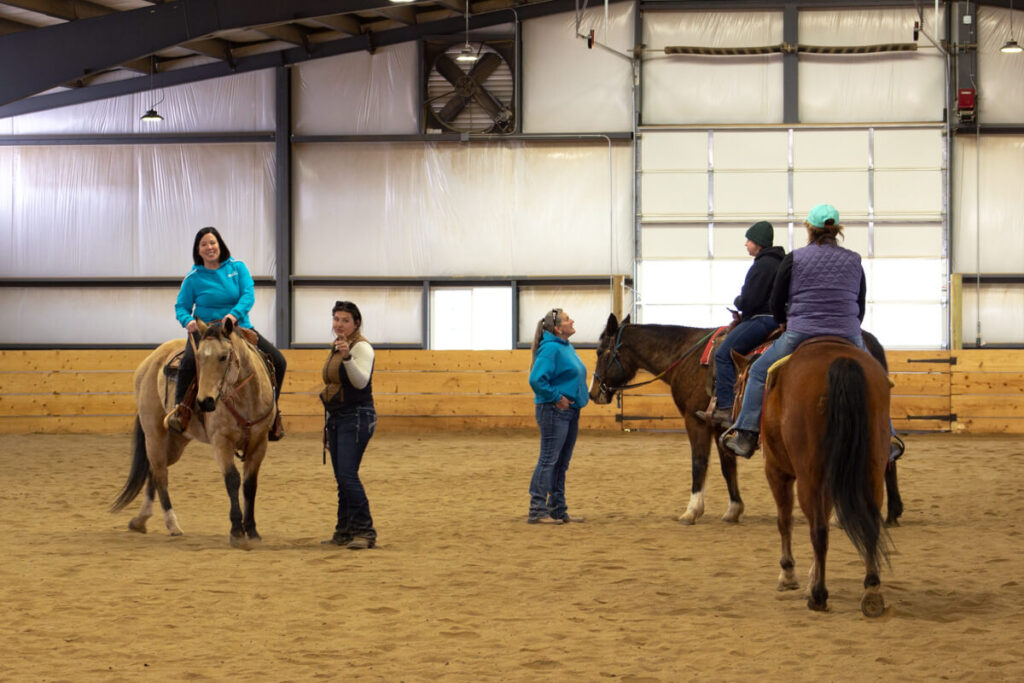
7. Cultivating Patience and Resilience
Horseback riding teaches valuable life lessons about patience, persistence, and resilience. The journey of becoming proficient in horseback riding involves facing setbacks, persevering through challenges, and learning from mistakes.
7.1 Dealing with Setbacks and Challenges
Progress in horseback riding is not always linear, and setbacks are common. Whether it’s a difficulty in mastering a specific riding technique or a sudden decline in performance, riders must learn to cope with setbacks and maintain motivation. This resilience builds character and instills the understanding that setbacks are opportunities for growth.
7.2 Persistence and Perseverance
Horseback riding demands discipline, dedication, and consistent effort in order to improve. Learning complex riding skills and achieving desired goals requires persistence and perseverance. Through this process, riders develop an indomitable spirit and the ability to embrace challenges head-on.
7.3 Learning From Mistakes and Failure
Horseback riding is a journey of continuous learning, and making mistakes is an integral part of the process. By acknowledging and learning from mistakes, riders gain valuable insights and refine their techniques. This valuable skill of self-reflection and growth mindset can be applied to other areas of life, fostering personal and professional development.
8. Developing Responsibility and Accountability
Taking care of and riding a horse entails a significant level of responsibility and accountability, contributing to personal growth and character development.
8.1 Caring for the Horse’s Well-being
Horse ownership requires individuals to prioritize the horse’s physical and emotional well-being. This involves feeding, grooming, exercising, and providing appropriate healthcare for the horse. Fulfilling these responsibilities instills a sense of empathy, compassion, and commitment to the welfare of another living being.
8.2 Importance of Consistency and Routine
Horses thrive on a consistent routine, and riders must adhere to this schedule to maintain the horse’s health and happiness. This teaches individuals the value of consistency, discipline, and establishing routines in their own lives. These qualities are essential for personal growth and success in various endeavors.
8.3 Understanding Safety Precautions
Safety is paramount in horseback riding, and riders must adhere to strict safety protocols to ensure their well-being and the horse’s safety. This emphasizes the importance of risk management, following instructions, and making responsible decisions. Developing a sense of accountability and prioritizing safety carries over into other areas of life.
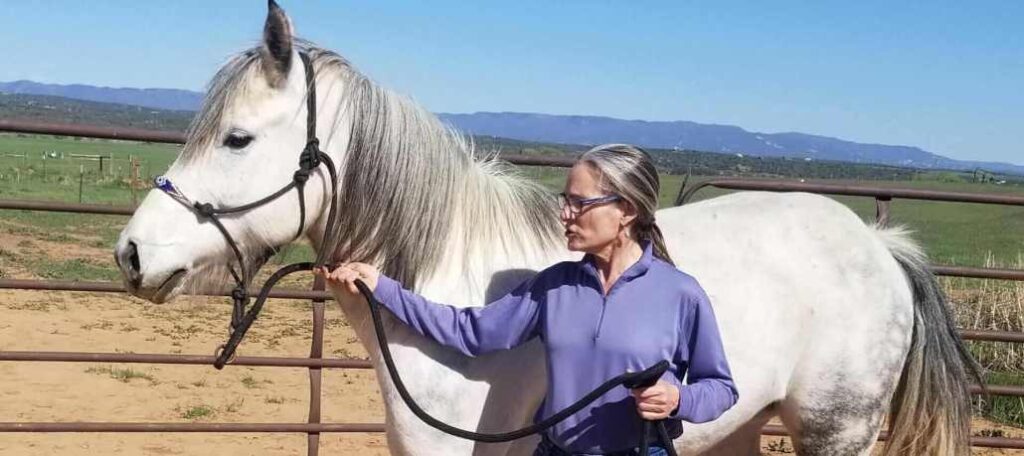
9. Fostering Empathy and Compassion
Interacting with horses cultivates empathy and compassion, fostering a deeper understanding and connection with other living beings.
9.1 Understanding the Horse’s Needs and Emotions
Through horseback riding, individuals gain insight into the needs, emotions, and behavior of horses. Understanding the horse’s nonverbal cues and responding appropriately enhances empathy and the ability to recognize and empathize with the emotions of others.
9.2 Developing Gentle and Respectful Communication
Horses respond best to gentle and respectful communication. Riders must learn to communicate their intentions clearly while respecting the boundaries and comfort of the horse. This approach encourages empathy, kindness, and effective communication in all aspects of life.
9.3 Nurturing Empathy Towards Other Living Beings
As riders develop a deeper understanding of horses, they often develop a greater appreciation and empathy for all animals and living beings. The connection formed with horses can serve as a catalyst for nurturing empathy and compassion towards other creatures, promoting a more compassionate and empathetic society.
10. Promoting Stress Relief and Relaxation
Horseback riding offers a unique opportunity to disconnect from the stresses of daily life, connect with nature, and find relaxation and tranquility.
10.1 Connection with Nature and the Outdoors
Horseback riding frequently takes place in natural surroundings, providing a chance to escape the concrete jungle and immerse oneself in the beauty of nature. Connecting with nature has been proven to reduce stress, improve mental well-being, and promote overall relaxation.
10.2 Mindfulness and Being Present in the Moment
Riding horses requires riders to be fully present and in the moment. The focus on the horse’s movements, the sounds of nature, and the physical sensations promotes mindfulness and helps individuals let go of worries and distractions. This practice of being present in the moment carries over into daily life, reducing stress and enhancing overall well-being.
10.3 Therapeutic Benefits of Horseback Riding
Horseback riding is often utilized as a therapeutic intervention for individuals with various physical, cognitive, and emotional challenges. Equine-assisted therapies, such as hippotherapy and therapeutic riding, have been shown to improve physical coordination, sensory processing, emotional regulation, and cognitive skills. The calming effect of horses and the rhythmic motion of riding contribute to stress relief and relaxation.
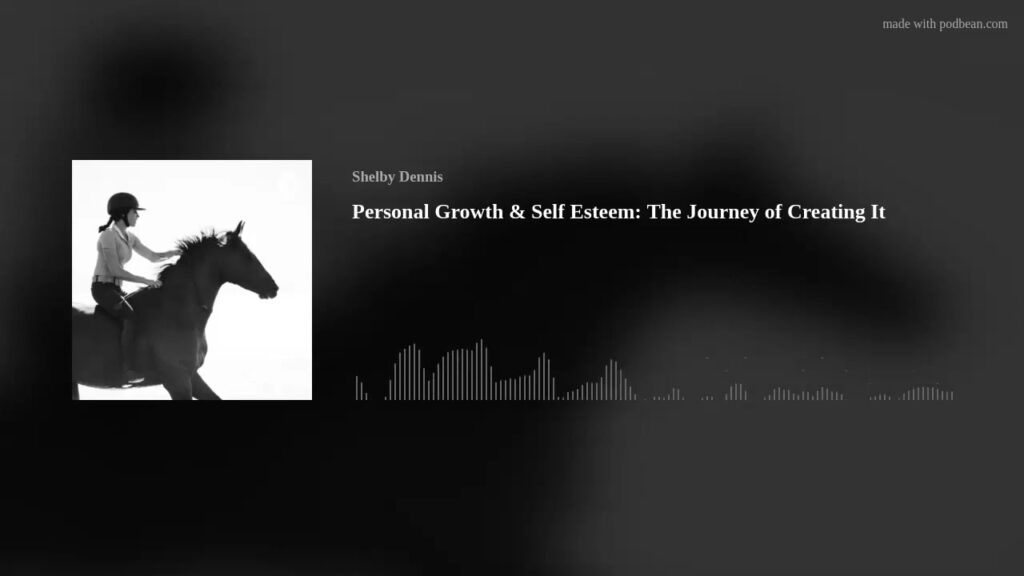
11. Conclusion
Horseback riding is far more than just a recreational activity; it is a powerful tool for personal growth and development. From physical fitness to mental well-being, building confidence to cultivating empathy, horseback riding offers a myriad of benefits that extend beyond the saddle. So, if you’re looking for a transformative experience that can positively impact various aspects of your life, consider hopping on a horse and embarking on a journey of personal growth.
